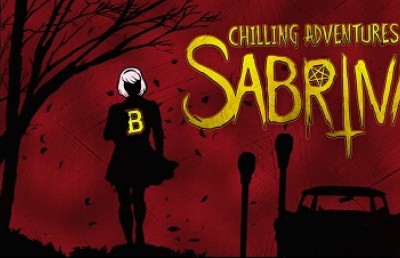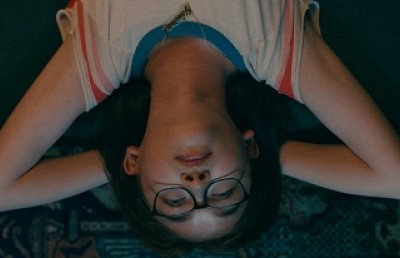Flavours of Youth: Emotion and Animation
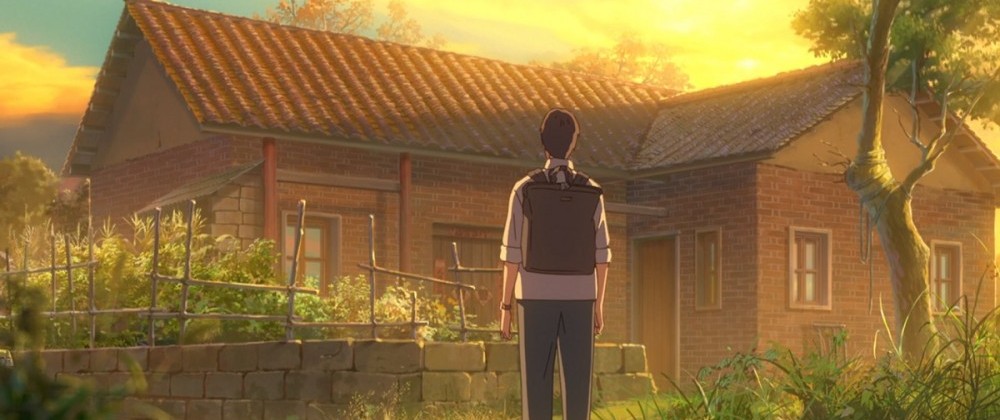
It has only been two years since Makoto Shinkai’s anime film, Your Name, premiered and proceeded to break almost every record set in front of it, leaving me with a craving for similarly beautiful and heartfelt coming-of-age stories. After thinking and writing about Your Name, I wondered when I would get the chance to encounter something like it again.
Then while perusing Netflix one afternoon, I came across Flavours of Youth, a Netflix Original advertising itself as one made by Noritaka Kawaguchi, the same studio that produced Your Name. Though Shinkai and his iconic hyperreal animation style and time-warping stories were not associated with Flavours of Youth, I was interested and decided to enjoy it right then and there.
Flavours of Youth is a collaborative project between China and Japan, mixing a Japanese animation style with Chinese locations, traditions, and sociocultural contexts that all focus on the varied Chinese experience of childhood. The film is divided into three shorts featuring various Chinese cities: Guangzhou, Beijing, and Shanghai. “The Rice Noodles” is the first of the three shorts, focusing on a boy’s journey from childhood to adulthood, framed through his love of San Xian noodles and how his relationship to them changes over time. The second short, “A Little Fashion Show,” explores an aging model and how she comes to terms with her place in her industry and her passion, all while trying to support her younger sister as she attends school. In the final short, “Love in Shanghai,” a boy remembers his childhood relationships and how they slowly fell apart after he devoted himself to his studies and how he later reconnects with his past through cassette tapes. The short films are all connected through an airport appearing at the beginning and end of the film, where the characters await adventure.
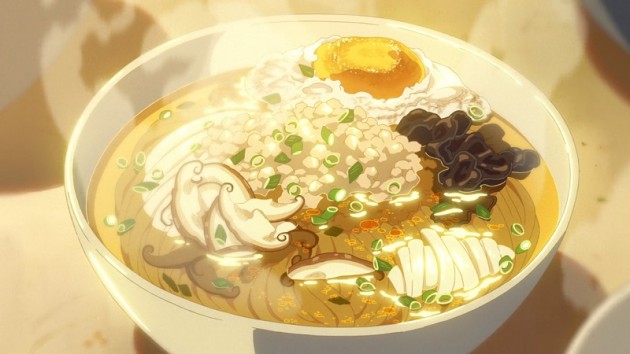
When I say I enjoyed the film, a large part of that enjoyment was in the animation. The film was very stylized –washed over in a golden sunset colour that made the animation ooze nostalgia and had me reminiscing about my own childhood. I spent a lot of my childhood watching and memorizing movies, so understanding that past through Flavors of Youth’s stylized nostalgia connected me to my present as someone who writes about movies from a more critical standpoint and really enjoys doing it. I became aware of my life’s story in a new way. Similarly, I was reminded through the film that everyone’s life has a past and present, and that these times are connected through memories that we can make sense of if we can figure out the story. Flavors of Youth’s attention to detail in things like food, streetscapes, and expressions made it a pleasure to watch, but also kept me very aware of how every person’s story is shaped in similar ways.
Each of the shorts focused on a particular object or passion which seemed to collapse time for the characters. The films would blend past and present seamlessly, collapsing space into a single frame with brilliant editing. Using a bowl of noodles or a particular colour of a dress allowed Flavors of Youth to skip around time and show how a thing’s significance changed as it grew older. For example, there was a clever scene in “Love in Shanghai” where the protagonist Li Mo ran across a bridge as a child, then arrived at the other end as an adult in the next cut. Similarly, Xiao Ming in “The Rice Noodles” felt connected to others in his life whenever he ate his favourite meal. This editing technique was used across all three short films, and helped Flavours of Youth to feel more like one overarching story than three separate ones, almost like the film wanted its viewers to find meaning in their own adventures and reflect on their pasts.
The cozy feeling of nostalgia did not necessarily create a perfect film. I found that spreading similar ideas across all three short films was not always effective since each short felt like a repetition of the one previous. The shorts sometimes fell flat of the emotion that they were trying to sell, since the formula was easily exposed after watching the same themes play out over again. In particular, “A Little Fashion Show” didn’t quite fit with the bittersweet, romantic tone of “The Rice Noodles” and “Love in Shanghai.” As a result, the film felt as though it was skipping around its material in an attempt to get the viewer to experience a certain emotion. The dramatic stakes of love and family were usually idealized, and distanced me from the characters and events. Ultimately, Flavours of Youth is a film that uses the emotions it elicits –not its story –to connect with its audiences.

Storytelling has played a huge role in my life from my childhood all the way to the present where I write about animation. I felt a deep connection to the way that Flavours of Youth wove all of its segments together and how I interpreted those segments in my own experiences through writing. The theme of returning to your roots and cherishing love and family was very apparent, which encouraged me to insert myself into the story. I was able to draw an experience out from Flavours of Youth even though I couldn’t always connect with a character in each short. Because of this blending of the ideal depiction of life in animation and a strong sense of emotion that ran through the film, I found myself moved by it despite its issues in pacing and generalization of dramatic experiences.
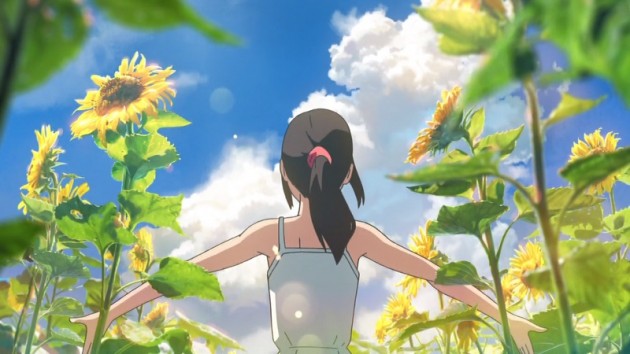
Much like the beautifully animated food in all of the shorts, Flavours of Youth made me feel warm, happy, and nostalgic even though I was eating a completely different meal.



